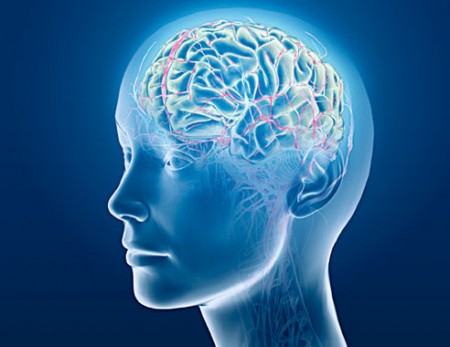'Ouch zone' identified in the brain
Interview with
We've all experienced the sensation of pain, from an annoying paper cut, to the  intense agony of breaking a bone. And scientists have long been looking for the part of the brain that decodes how much something hurts. Now Oxford University's Andrew Segerdahl thinks he's identified this human "ouch zone" which is catchily called the dorsal posterior insula, as he explained to Danielle Blackwell...
intense agony of breaking a bone. And scientists have long been looking for the part of the brain that decodes how much something hurts. Now Oxford University's Andrew Segerdahl thinks he's identified this human "ouch zone" which is catchily called the dorsal posterior insula, as he explained to Danielle Blackwell...
Andrew - Pain is a complex and multidimensional experience. Anyone who's suffered pain, either chronic or even just a bout of really bad headache can tell you that is the case. It involves not just features of how intense it is and where it is on your body but also, it often can involve memories of previous pain experiences or even more emotional types of experiences like anxiety, about when it will stop or why it's arising. So, pain becomes complex to study, because every time you put someone in pain, you have to deal with each of these variables.
Danielle - So, what is this new technique that you have used and how did it help you decipher the brain region that is involved in pain intensity?
Andrew - So, the brain imaging approach that we used is ASL which stands for arterial spin labelling. What ASL does is, as your brain is working and you're thinking and you're using different parts of your brain, those different parts of the brain need oxygen to be active. And arterial blood is the main delivery system for oxygen. So, what this type of imaging approach does is it actually uses those principles and we can use that to actually tag the blood so that it actually becomes a signal that can be photographed with the imaging approach. We can actually start to make calculations about absolute amounts of blood that have flowed to a region A versus region B.
Danielle - What you were looking at then is the changes in blood flow and I guess the changes in blood flow or a marker of changes in how much brain activity is going on in that particular region.
Andrew - Exactly.
Danielle - So, how did you use this to look at changes in brain activity? Were you changing the pain intensity at the same time?
Andrew - Exactly. So, the subject will lie down on the scanner. We put them in and then we put a bit of capsaicin cream which is like a chilli pepper cream onto their leg. And gradually, that experience goes from being totally innocuous - you don't feel anything - to slightly warming. And then gradually over time, that warming starts to become painful. And it gradually habituates. So, that word means that essentially, the pain starts to go down a little bit. What you can then do is actually track how that pain intensity is changing by asking subjects to actually rate how much pain are you feeling at this moment and we're actually scanning them as well at the same time. and we do this for about a 2-hour period of time. And it's that which allowed us to actually zone in on the dorsal posterior insula as tracking that change of pain, the intensity at it unfolds.
Danielle - So, you were able to map the changes in pain intensity that the participants were reporting with the changes in activity and blood flow in this particular region of the brain.
Andrew - That's exactly how this type of approach works.
Danielle - How easy is this technique to do? Is it something that we could be using soon to understand if people are in pain? So for example, if people aren't able to communicate, could we still find out how much pain they might be in?
Andrew - The sure answer is that at the moment actually, we're at the stage where brain imaging is becoming really common clinically. So, we see really nice high-powered scanners being installed in hospitals globally. So, we very much are hopeful that this type of a result becomes potentially very helpful, as you say, to image those populations that don't have the capacity to communicate how much pain they may or may not be feeling. So, I'm thinking about people like infants, small children, those that may be in a comatose state or experiencing dementia, or we could really understand how much pain they may be experiencing. Or in another way, how much relief they may be experiencing with a new type of pain therapy.
- Previous Alzheimer's ultrasound breakthrough?
- Next The real "Finding Nemo"










Comments
Add a comment